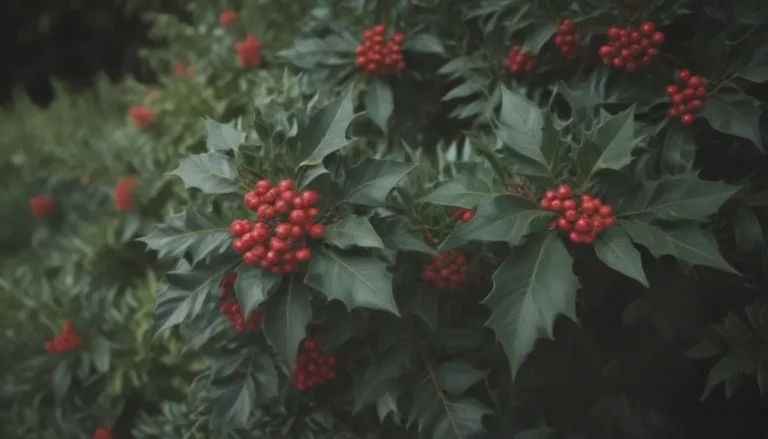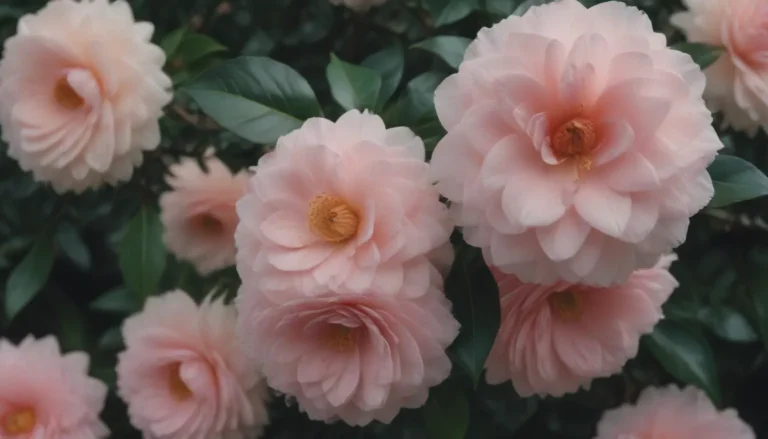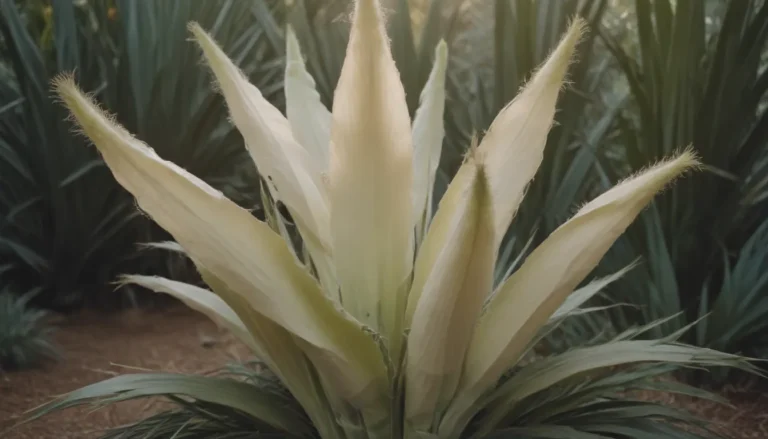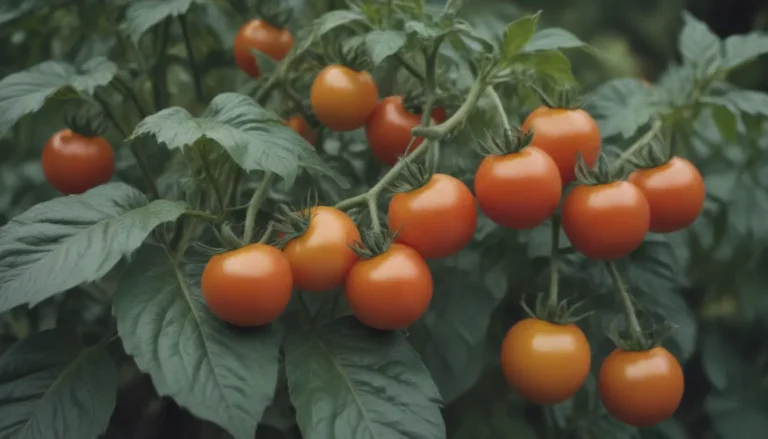The Ultimate Guide to Growing and Caring for Fatsia Spider Web Plants
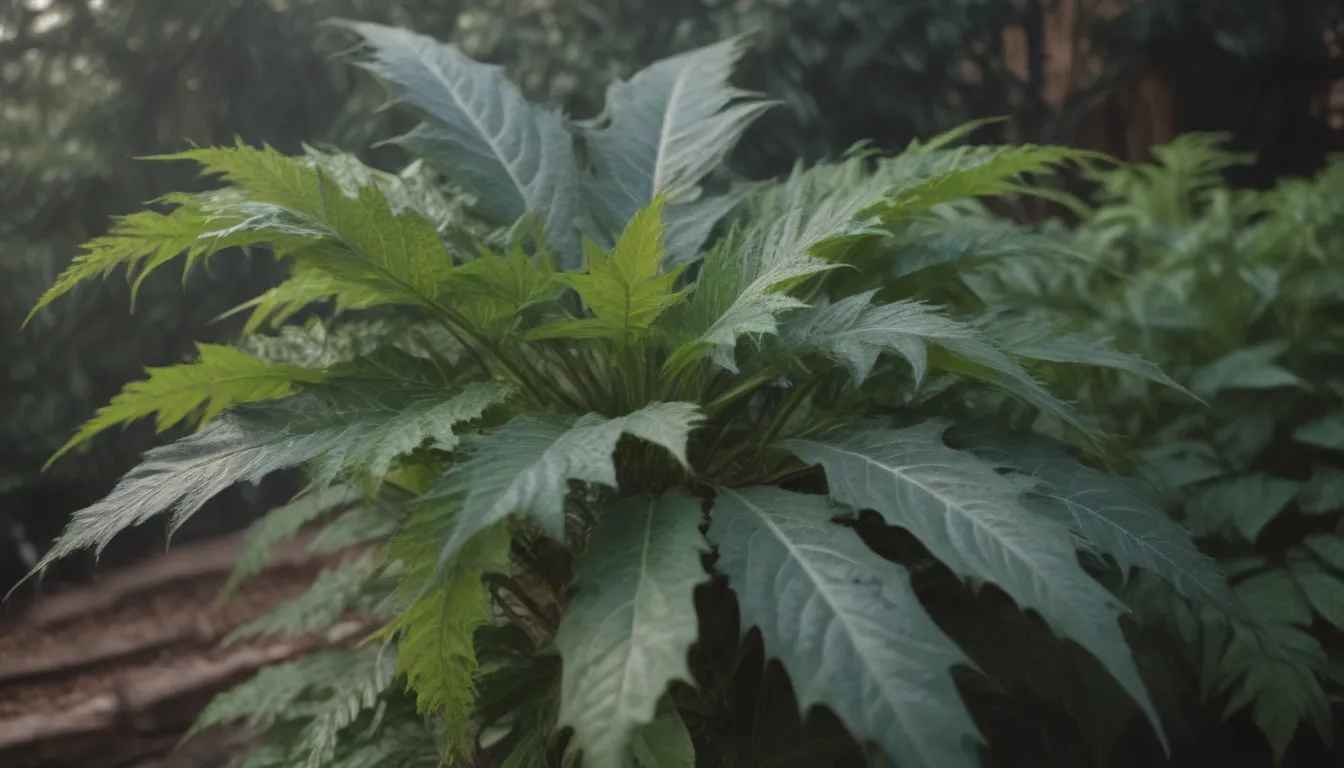
If you’re looking to add a unique, evergreen shrub to your indoor plant collection or outdoor garden, Fatsia spider web plants are a fantastic choice. These plants are known for their large, palmate green leaves adorned with striking white variegation that changes with age and season. In this comprehensive guide, we will dive into everything you need to know to successfully grow and care for Fatsia spider web plants.
Getting to Know Fatsia Spider Web Plants
Fatsia spider web plants are versatile shrubs that can thrive both indoors and outdoors. They are easy to care for and can adapt to changes in environment, making them ideal for plant enthusiasts of all levels. In the fall, these plants produce petite white flowers in round clusters, followed by small black berries, adding even more visual interest to your plant collection.
Fatsia Spider Web Plant Care Tips
When it comes to caring for your Fatsia spider web plant, there are a few key factors to keep in mind to ensure its health and vitality.
Light
Fatsia spider web plants thrive in partially shaded to fully shaded areas. Too much direct sunlight can burn the leaves, so it’s important to protect outdoor plants from harsh sun exposure. When grown indoors, place your plant in bright, indirect light, such as near an east-facing window. Avoid placing it in direct sunlight, as this can also cause leaf burn.
Soil
While Fatsia spider web plants are not overly picky about soil, they do best in nutrient-dense soil that is well-draining. A mix of potting soil, peat moss, or coco coir is ideal to ensure that the soil maintains healthy moisture levels without becoming waterlogged.
Water
Consistent moisture is key for Fatsia spider web plants, but it’s important not to overwater them. Check the soil regularly and water when the top several inches feel dry. Allow excess water to drain away, and wait until the soil begins to dry out before watering again. The frequency of watering will depend on the soil mix and humidity levels in your environment.
Temperature and Humidity
Fatsia spider web plants prefer moderately warm temperatures, ranging from 60 to 80 degrees Fahrenheit. During the cooler months, temperatures of 50 to 60 degrees Fahrenheit are ideal. These plants thrive in high humidity, so consider placing them on a tray of pebbles and water or using a humidifier to maintain optimal humidity levels.
Fertilizer
To keep your Fatsia spider web plant healthy and vigorous, fertilize it with a well-rounded, all-purpose fertilizer monthly during the growing season. Alternatively, you can apply a generous amount of compost or slow-release fertilizer in the spring. Avoid fertilizing during the winter months to allow the plant to go dormant.
Propagating and Growing Fatsia Spider Web Plants
If you’re looking to expand your collection of Fatsia spider web plants, you can propagate them through cuttings or air layering. Additionally, these plants can also be grown from seeds collected from the ripe berries. Here are some tips for propagating and growing Fatsia spider web plants:
- Propagating From Stem Cuttings
- Gather a sharp pair of snips, a small pot, well-draining soil, rooting hormone, and a plastic bag.
-
Follow the instructions for propagating from stem cuttings.
-
Propagating Through Air Layering
- Gather a sharp knife, sphagnum moss, plastic wrap, twist ties, a small pot, and well-draining soil.
-
Follow the instructions for propagating through air layering.
-
Growing From Seed
- Collect seeds from ripe berries or purchase seeds.
- Use small pots, well-draining soil, and a heating mat to start your seeds.
- Follow the instructions for growing Fatsia spider web plants from seed.
Potting, Repotting, and Overwintering Fatsia Spider Web Plants
As Fatsia spider web plants are fast growers, they may need to be repotted yearly until they reach their mature height. When it’s time to repot, gently transfer the plant to a larger container with fresh soil, ensuring that the container has proper draining holes. During the winter months, simply withhold fertilizer and maintain even soil moisture to care for your plant.
Encouraging Blooms and Dealing With Common Problems
Fatsia spider web plants produce beautiful white blooms in the late fall, which turn into small black berries. To encourage blooming, provide your plant with plenty of humidity and maintain its preferred temperature ranges. If you encounter any issues with your plant, such as dry, brown, curling leaves or soggy, drooping leaves, here are some solutions you can try:
- Dry, Brown, Curling Leaves
- Move the plant to a partially shaded area or provide indirect lighting.
- Soggy, Drooping Leaves
- Check for root rot, trim affected roots, and repot the plant in well-draining soil.
- Yellowing Leaves
- Adjust your watering schedule and consider improving drainage to prevent waterlogged soil.
Conclusion
In conclusion, Fatsia spider web plants are a wonderful addition to any indoor plant collection or outdoor garden. With the right care and attention to their specific needs, you can enjoy these unique, evergreen shrubs year-round. Whether you’re a seasoned plant enthusiast or a beginner, Fatsia spider web plants are sure to delight with their striking foliage and easy-care nature. Happy gardening!
